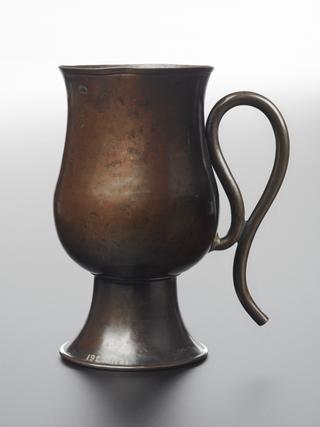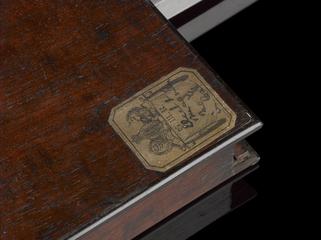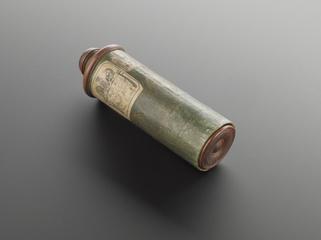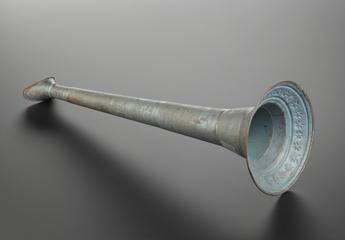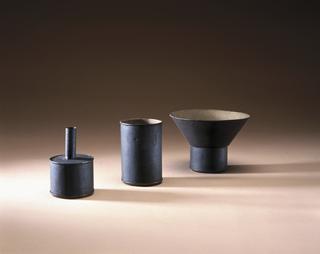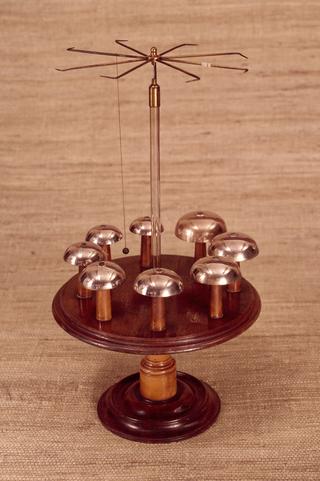
Model of Vauloue's piledriver
- PART OF:
- Model of Vauloue's piledriver














Model of the piledriver designed by James Vauloue, maker unknown, before 1753, London. Once belonged to Stephen Demainbray.
This form of piledriver was designed by James Vauloue, a watch-maker, in 1737, and used in the construction of Westminster Bridge the following year. Piles were sunk around the piers of the bridge to protect them from barges. Three horses turned the capstan which lifted the weight which then fell on the pile. A revolving fly prevented the horses from falling when the weight was released. Vauloue received the Royal Society's Copley Medal for his design and various models of it were produced. This model once belonged to Stephen Demainbray and was used by him in his lectures on natural philosophy. Demainbray worked as superintendent at the King's observatory at Kew from 1768 and his collection of instruments and apparatus was absorbed into the King's own collection.
Details
- Category:
- King George III
- Object Number:
- 1927-1197/1
- Materials:
- mahogany, box (wood), brass (copper, zinc alloy), paint and steel (metal)
- Measurements:
-
overall: 905 mm x 605 mm x 385 mm, 4.88 kg
- type:
- model - representation
- copyright:
- Unlinked Name
- credit:
- King's College, London
